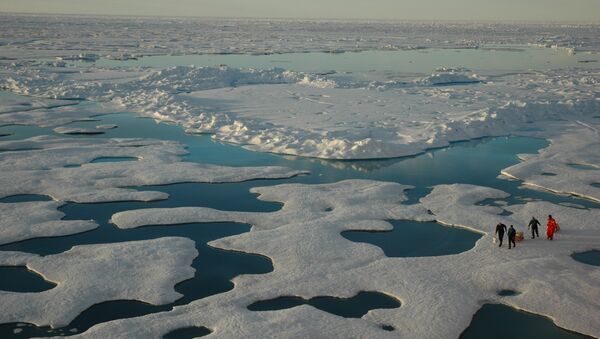"I don’t think we have a timetable just yet," said Gortney, who is also the head of Northern Command, the body responsible for the US missile-defense program. "We’re just now bringing it up through our policy leaders as well as with the Canadian government."
The sensors currently in place as part of the Canada-US North Warning System are not only aging, but do not account for technological advances in the types of missiles that may be a threat. New sensors would be able to see farther over the horizon but also detect shorter-range missiles.
"In a few years — I’d say 10 years is the number — (the current equipment is) going to reach a point of obsolescence and we’re going to have to reinvest for that capability," Gortney said.
"The question is, what sort of technology do we want to use to reconstitute that capability? We don’t want to put in the same sorts of sensors because they’re not effective against the low-altitude, say, cruise missiles. They can’t see over the horizon."
Though Canada refused to join the US' ballistic missile defense program (BMD) a decade ago, they do help monitor the airspace with the US at Norad.
Defence Minister Jason Kenney said recently that the government would take modernization proposals under consideration, and that the government had put it's current and potential role in the BMD program under review by the House of Commons Defence Committee.
"But up to now, we haven't seen information that has changed our opinion on BMD," Kenney told a news conference last month.
As for any new sensors, a spokeswoman for Defence Minister Jason Kenney said "We are constantly reviewing Canada’s security and defence requirements but no decisions have been taken."




